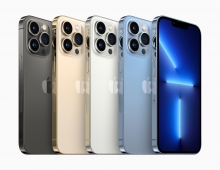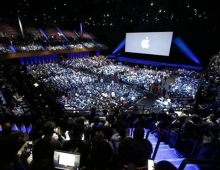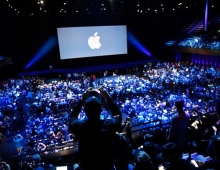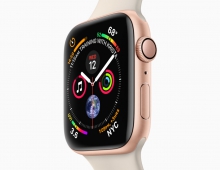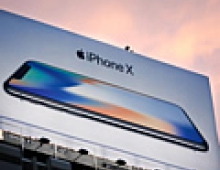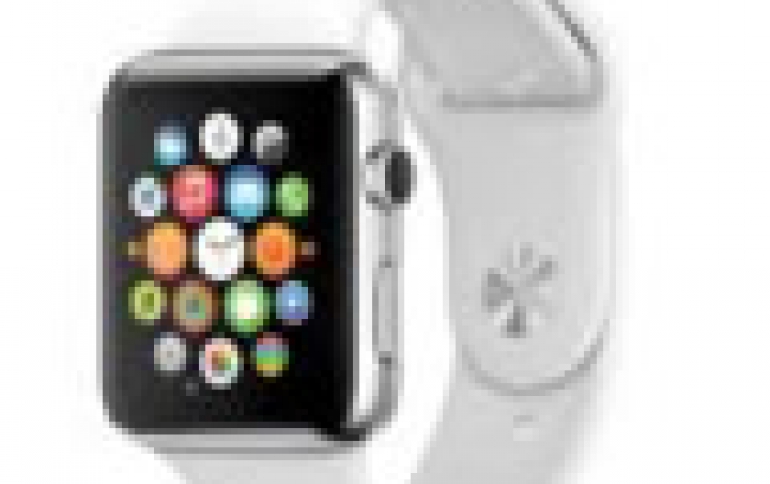
Apps Remain The Key To Success For Apple Watch
Apple hopes that its new wristwatch, defined by materials, design, features and brand, will become a mainstream accessory, but the concept is dead by default unless usuable and easy-to-use apps become available. The basic disadvantage of this new wave of wearable devices is their small screen, which makes it difficult for app developers to create apps that offer usuability, convenience, engagement but also excitement to consumers. And don't forget that ads appearing on the tiny screen of the new watches are just around the corner, making the user experience more problematic.
In addition, the Apple Watch is not a stand-alone product. It relies on an iPhone to fully operate, partly because the brains of watch apps will live on the iPhone and the phone's Internet connection is esssential. So users will have to install watch apps on the iPhone as well.
For developers, they will have to create apps for both the watch and the iPhone. So Apple should make sure that the economics of that combination are attractive to developers.
So is there a point of paying so much to see updates on your wrist instead your smartphone? Time will tell if millions of consumers are willing to spend $350 on up for the new wearable device.
Apple is trying to convince consumers that the Apple Watch is the next must-have device, able to serve people's information needs all day long, like no other tool has quite been able to do.
Well, numerous tech companies are already selling smartwatches, from the Samsung Gear and Motorola's Moto 360 to the Pebble Steel and other models made by smaller startups. Many run on Android Wear, the software platform from Google, and range from $100 to $500 or more. But to be honest, most don't have as many features as the Apple Watch.
During Apple's event, Apple executive Kevin Lynch walked through a simulation of a typical day, checking the watch for messages and calendar items, responding to a WeChat message, scrolling through some Instagram photos and speaking with Siri, Apple's voice-activated digital assistant, through the microphone on the watch.
Lynch also presented an airline app with a bar code that acts as a boarding pass, another app that opened a garage door by remote control, and still another that promises to enable wearers to check out at the grocery store with a single tap on the watch face.
Apple CEO Tim Cook also showed off features that can be found on many fitness bands already on the market, such as a heart rate monitor and accelerometer that can track a wearer's movements and log daily exercise.
While the watch face provides most of the same information as smartphones do, the back of the watch sends "taptic feedback," tapping the wrist to remind the wearer to get up and burn more calories.
By twisting a small knob on the smartwatch, the wearer can quickly select the face of a friend, then sketch an image with a fingertip that shows up dynamically, just like it is being drawn, on the friend's watch face. Swiping the watch face brings up an email, then with a single tap, that email is turne into a calendar item.
Cook hinted at bigger goals when he announced Monday that Apple has worked with medical institutions to develop an open-source software platform for iPhones to assist with medical research. Apple Watch, in combination with the iPhone, could be a key conduit for two-way delivery of health care information, sending data about a person's metabolism to researchers while also reminding wearers to take their medicine or go exercise.

